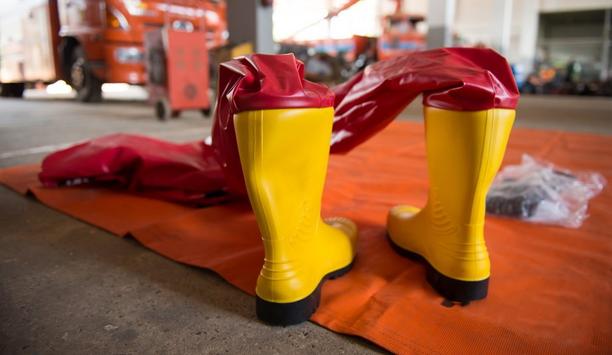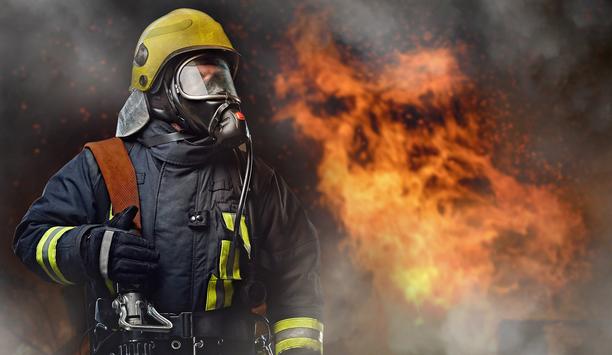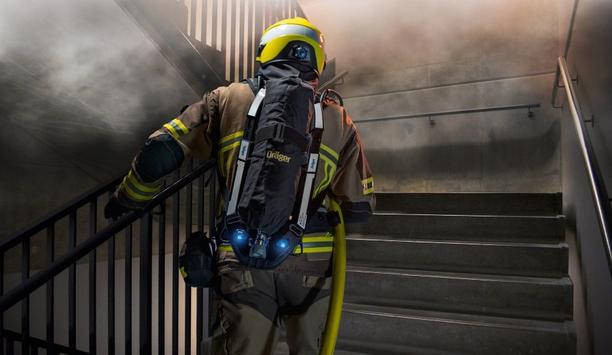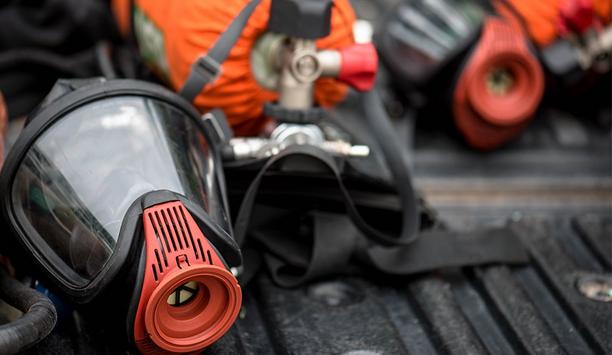More firemen die of suicide each year than are killed in the line of duty. For example, in 2017, at least 103 firefighters and/or Emergency Medical Services (EMS) workers in the United States committed suicide, but only 93 firefighters died in the line of duty.
Mental Health Disorder Effects
The grim statistic is a wakeup call to the tragic effects of depression, post-traumatic stress disorder (PTSD) and suicide on firefighters and EMS workers. Between 14.6 and 22% of firefighters experience PTSD, 11% suffer depression and almost half (46.8%) have had thoughts of suicide at least once.
These insights into the mental health of firefighters and EMS workers are contained in a white paper commissioned by the Ruderman Foundation, and authored by Dr. Miriam Heyman, senior program officer.
Increasing PTSD cases among firefighters
PTSD results from constant exposure to death and destruction
PTSD results from constant exposure to death and destruction. Experiencing PTSD is akin to persistently re-experiencing troubling events in the form of flashbacks or nightmares, trouble sleeping or concentrating, irritability and feelings of isolation and self-blame.
Other findings highlighted in the white paper include:
- Paid firefighters are more likely to receive mental health service through their departments than their volunteer counterparts.
- PTSD and depression rates among firefighters have been found to be as much as 5 times higher than rates in the civilian population.
- Even when suicide doesn’t occur, untreated mental illness can lead to poor physical health and impaired decision-making.
- High rates of binge and hazardous drinking behavior have been reported; one study found the rate that respondents reported binge drinking in the previous month was 58%.
- Shame and stigma attached to mental illness discourage many firefighters from accessing necessary mental health services to help them cope with trauma.
Improving mental health of first responders
“First responders are heroes who run toward danger every day to save the lives of others, and their work exerts a toll on their mental health,” says Jay Ruderman, President of the Ruderman Family Foundation. “It is our obligation to support them in every way possible and make them feel welcome and able to access life-saving mental health care.”
McKenna was shaken by the 2016 suicide of Fairfax County firefighter Nicole Mittendorff
Furthermore, the general public remains largely unaware of the issues since the majority of first responder suicides are not covered by the media. Ruderman says departments should encourage or require first responders to access mental health services annually to identify issues early and get needed help.
National Suicide Prevention Lifeline
“Asking for help was not an option because I was [a] superhero,” says Chris McKenna, a volunteer firefighter and EMT for the Vigilant Hose Company in Emmitsburg, Md. “Nothing could hurt me, and I was afraid what my friends would think,” he told NBC Channel 4 in Washington. “There was one night that I almost committed suicide; I almost became a statistic.”
McKenna was shaken by the 2016 suicide of Fairfax County firefighter Nicole Mittendorff. “I want people to know that mental health in the fire service is OK,” McKenna told the TV station. “There’s nothing wrong with asking for help. With the sights that we see every day, it’s OK to have nightmares about it. It’s normal. The brain isn’t going to be able to see something traumatic and just turn it off.”
The National Suicide Prevention Lifeline at 1-800-273-8255 provides a 24-hour crisis line connecting with a crisis worker or a confidential live chat online.







